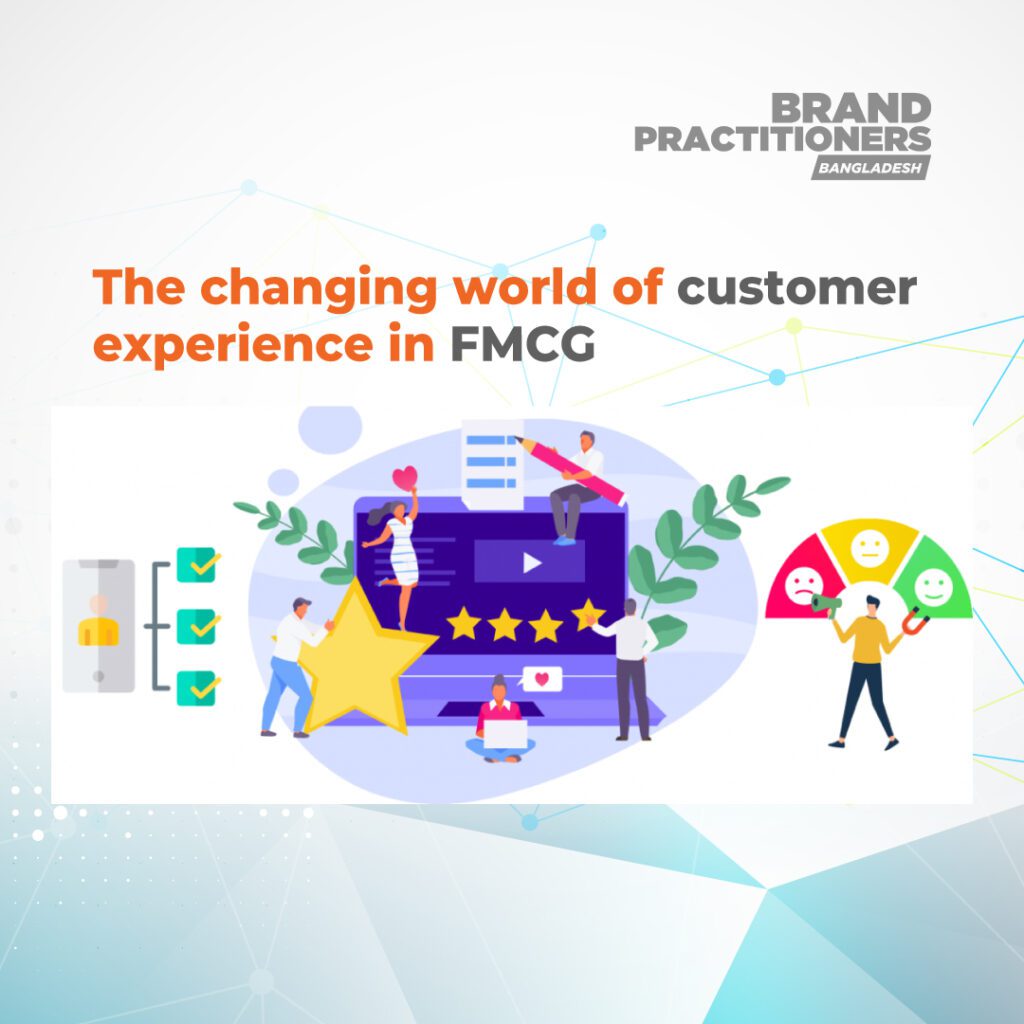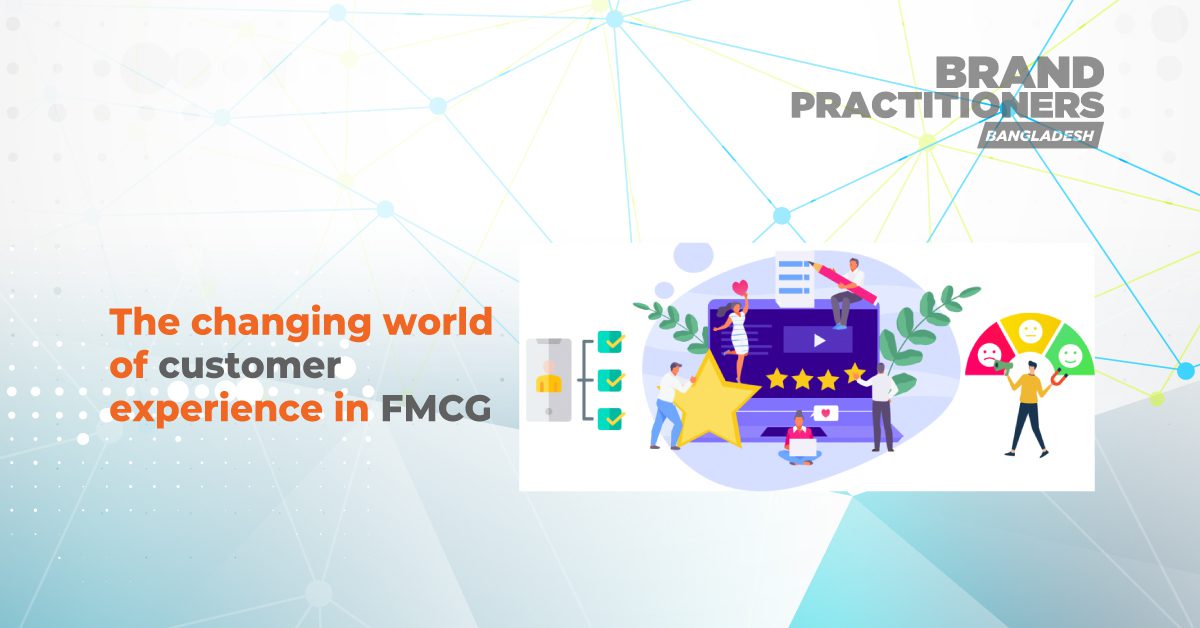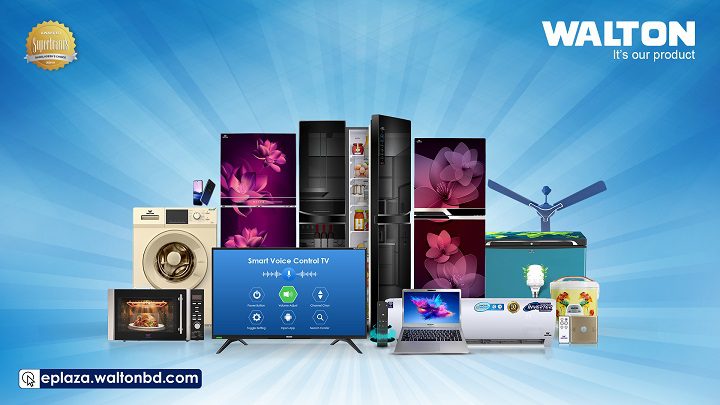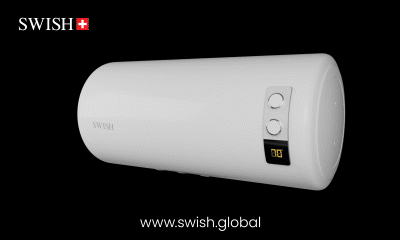Forrester Research defines customer experience as “how customers perceive their interactions with your company.”
Customer experience in FMCG starts with how customers become aware of a brand/company and ends with any interactions with the company’s team for returns, damaged products etc. This includes any activities the brand team or company may undertake to increase awareness and encourage intent to buy. Eg: sampling campaigns, surveys, free product, in-store promotions etc.
Customer centricity aka customer experience aka CX is becoming an increasingly important business KPI in FMCG companies and retailers.

Why is CX becoming increasingly important in FMCG?
When customers (consumers) have positive experiences while interacting with a brand, they tell others about their experience. They do this through reviews on retailer/brand websites or on their social media accounts. This is free word-of-mouth advertising for the brand. Positive customer experience can also encourage brand loyalty and repeat purchases.
This is the case for many FMCG companies that sell their brands through distributors, supermarkets & convenience stores. For these companies, retail execution is key to unlocking superior customer experience. They employ various strategies including ‘shop in shop’ concepts, interactive brand discovery on screens, samplings/tastings, product experiences and brand videos. In-store brand ambassadors (sales people) who are knowledgeable about the brand who consumers can talk to and learn more about the range are extremely effective. Brand ambassadors can not only sell effectively to consumers, but they can also act on/pass on to relevant brand teams any feedback the consumer gives.
A few recent CX stratagems employed by brands
Below are a few examples of superior CX which have generated considerable interest from consumers and have translated to sales in these challenging times.
‘Lumi’ by Pampers:
The Pampers team came up with Lumi as a way to address the plentiful worries a new parent has. The goal wasn’t just to sell Pampers. They understood the worries that new parents have about their baby’s sleep routine and created an app that acts as more than a baby monitor. Lumi monitors their baby’s sleep patters, tracks diaper wetness to alert parents and provides actionable insights on how to sleep train their baby. Lumi is all about the baby and providing the baby’s parents with peace of mind.
By making the baby’s comfort and development the core of the Lumi app/monitor, Pampers has delivered a truly superior customer experience that will encourage new parents to buy Pampers diapers. The ones that work with Lumi are only 4 cents more expensive per diaper than regular ones.
To top this all off, the Pampers website is all about expecting mothers and the baby. While there is a section on ‘products’ that lists the Pampers range, most of the website is about the various stages of pregnancy, and about babies and their development. You cannot get more customer centric than that!
Heineken Silver in the Metaverse later launched in real life
Brewed with pixels, Heineken Silver is the world’s first virtual beer. Heineken launched its ‘digital’ beer inside the company’s virtual brewery. According to the company, the beer is made of the finest, 100% computer-generated ingredients, brewed with Binary Coded Hops grown by NPC (non-player character) farmers.
Heineken partnered with self-taught street artist, J. Demsky to design parts of the virtual brewery. According to several attendees, the launch event was (intentionally) bizarre, later confirmed by Heineken.
Bram Westenbrink (from Heineken) said, “We know that the metaverse brings people together in a light-hearted and immersive way but it’s just not the best place to taste a new beer.
Our new virtual beer is an ironic joke. It is a self-aware idea that pokes fun at us and many other brands that are jumping into the metaverse with products that are best enjoyed in the real world.”
AB Inbev’s digital horses and their vision of Metaverse beer which can be delivered in real life
AB InBev moved into the virtual Ethereum based game horse racing platform Zed Run. According to Lindsey McInerney, “brands should parallel in the metaverse what they do in reality”.
With its history of sport sponsoring, especially horse racing, AB InBev was eager to be among the first to start one in the metaverse. They moved into the virtual Ethereal based horse racing (game) platform by an Australian start-up. The virtual horses on Zed Run are ‘breathing non-fungible tokens’. While users are able to name their horses, how their horses behave on the track is defined by algorithms based on characteristics such as their bloodlines, just like in real life.
According to Adformatie, Stella Artois created a set of unique horse breeds for Zed Run, with Stella Artois-themed skins and a 3D racetrack. According to Forbes, these unique horses were sold for millions of dollars for the digital races.
This creates an entirely unique customer experience for the target consumers for Stella Artois and Budweiser. They have created a new of way of reaching their target consumer and providing them with an unforgettable brand experience.
More:
The Future Of Marketing: More Creative, Customer-Centric












